New Rolls-Royce Spectre is the world’s most opulent electric car
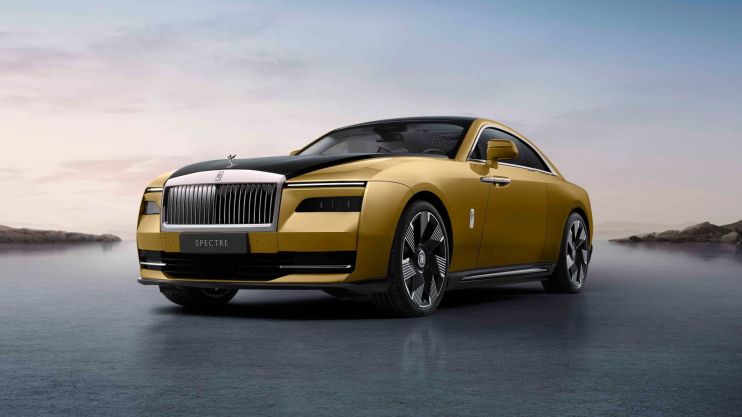
“The electric car is perfectly noiseless and clean. There is no smell or vibration, and they should become very useful when fixed charging stations can be arranged. But for now, I do not anticipate that they will be very serviceable – at least for many years to come.”
Those were the words of Charles Rolls, spoken in 1900. Now, some 122 years later, the time is finally right for an electric Rolls-Royce.
The new Spectre ‒ revealed here for the first time – is an imposing four-seat coupe that promises to be the world’s most refined and indulgent EV. It’s also the first step in Rolls-Royce’s plan to become fully electric by 2030. Here’s what we know so far.
A sense of space
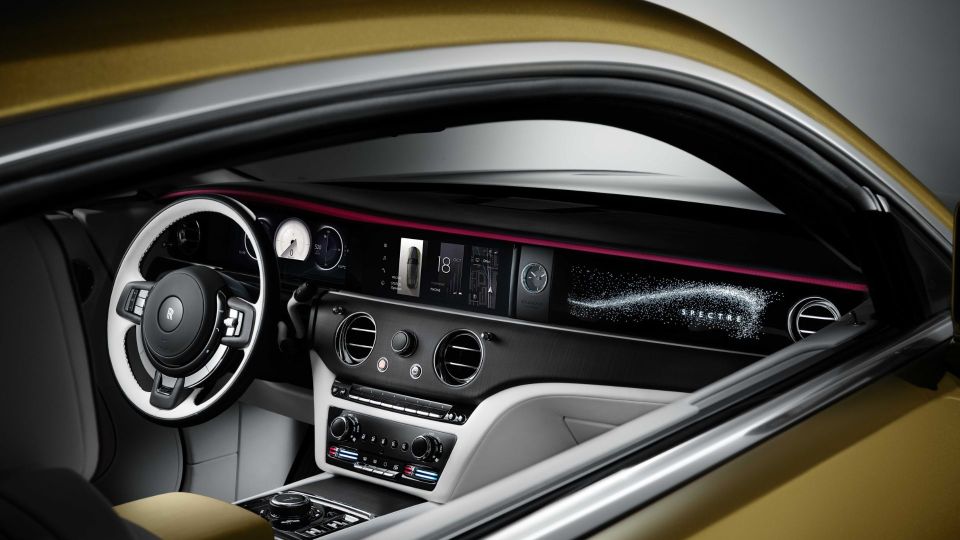
Rolls-Royce certainly has a way with words. Cars are invariably ‘motor cars’ and the Spectre is, well, an ‘Ultra-Luxury Electric Super Coupe’. Reflecting the company’s belief that ‘there is no greater luxury than that of space’, it is nearly 5.5 metres long and 2.1 metres wide, with a kerb weight of almost three tonnes.
Performance figures haven’t been finalised yet, but the 585hp powertrain will likely offer 0-62mph in a brisk 4.5 seconds, plus a fully-charged range of 320 miles in the official WLTP test. Maximum torque of 664lb ft is available from a standstill, and should make for serene and effortless progress.
The Spectre prototype has completed 1.6 million miles of testing – equivalent to 400 years of use for a typical Rolls-Royce owner – prior to the finished car reaching showrooms in winter 2023. Prices will be announced closer to the time, but don’t expect much change from £350,000 before bespoke options are added. The average retail price for a Rolls-Royce now exceeds £500,000.
Inspired by luxury yachts
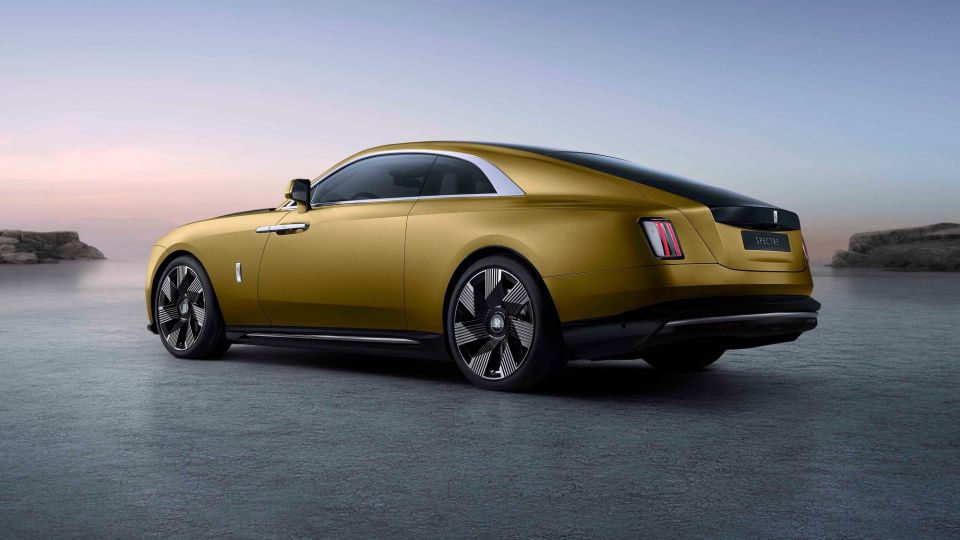
Designed in-house at the Rolls-Royce factory in Goodwood, West Sussex, the Spectre employs a new version of the ‘Architecture of Luxury’ aluminium spaceframe chassis, with crisp-cut styling inspired by luxury yachts.
Particular attention was paid to airflow – the sleeker Spirit of Ecstasy bonnet mascot occupied 830 hours of modelling and wind tunnel testing alone – a drag factor (Cd) of 0.25 making this the most aerodynamic Rolls-Royce ever.
At the front, the distinctive split headlights are a nod to the Phantom Coupe, and frame a wider-than-usual ‘Pantheon’ grille backlit by 22 LEDs. The vertical tail lights are clear, ‘in anticipation of the myriad of colourways selected by clients during the commissioning process’. The two-tone ‘Chartreuse’ and black combination here is just the start – indeed, Rolls-Royce will shortly be upgrading its paint shop to meet demand for one-off finishes.
The Spectre’s sweeping fastback roof contrasts with its upright, muscular flanks and huge 23-inch alloy wheels. Worried about tyre noise? The floorpan incorporates almost 700kg of sound deadening to isolate you from the outside world.
Star quality
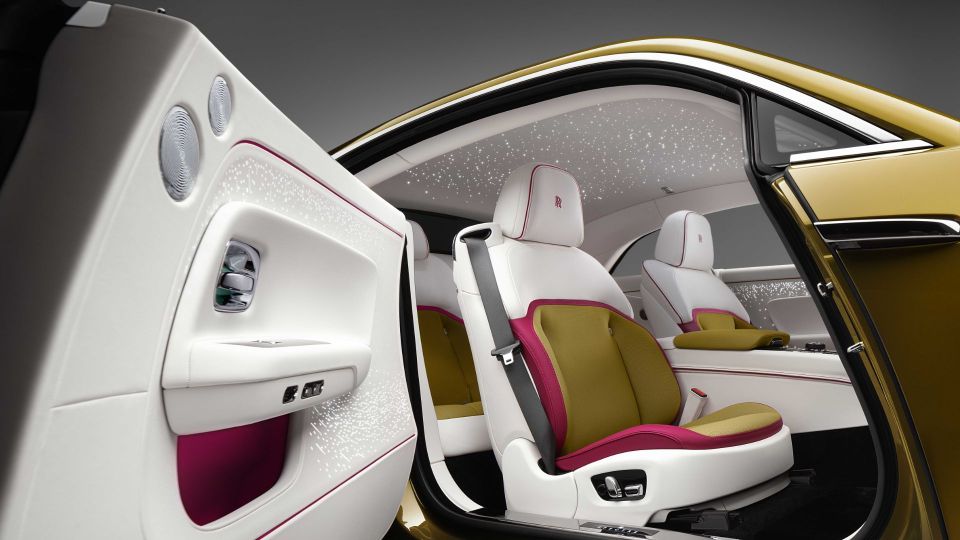
Open the Spectre’s 1.5m-long ‘coach doors’ and you enter a haven of traditional luxury and modern tech, along with near-endless opportunities for personalisation.
The famous Rolls-Royce Starlight Headlining can now be extended to the inner doors, with 4,796 illuminated LED ‘stars’ to welcome you inside. Further new options include dials colour-matched to the car’s interior and Canadel wood panelling (its name taken from the cove in the South of France where Sir Henry Royce spent his winters).
The rear seats are roomy enough for adults, but one suspects this is a Rolls-Royce most owners will choose to drive themselves.
The Spectre runs a new operating system called Spirit, which works with Rolls-Royce’s Whispers smartphone app. This offers ‘live information curated by the marque’s luxury intelligence specialists’, so you need never rely on Tripadvisor for a hotel recommendation again.
Ready for the Riviera
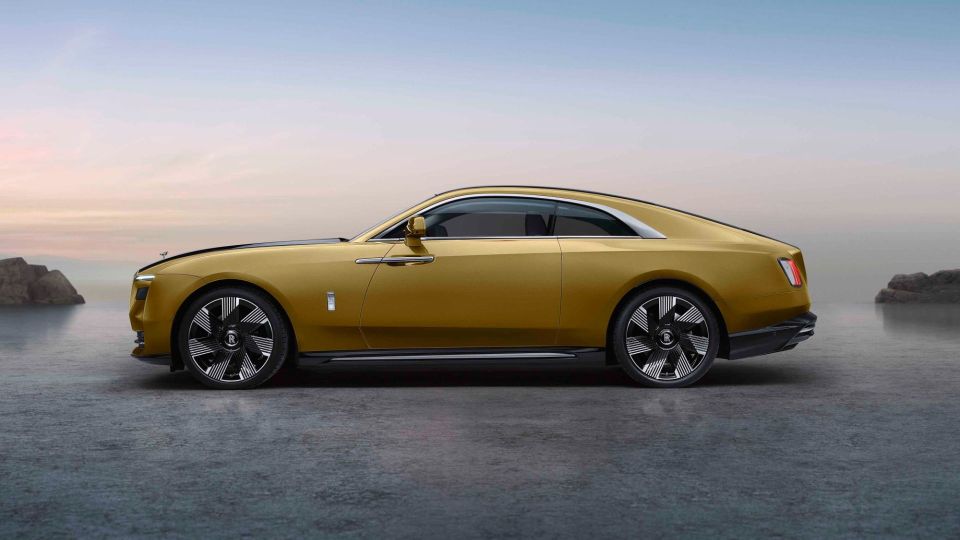
CEO Torsten Müller-Ötvös says going electric is “ideally suited to Rolls-Royce”, highlighting the contrast with supercars in the same price bracket. “For Ferrari and Bugatti, sound is a big part of the brand. For us, to be without sound is a part of the brand.”
So, how will the Spectre drive? We’ll have to wait a few months to find out, but Müller-Ötvös highlights its ‘magic carpet ride’, along with a focus on stability and control.
A new suspension system called Planar can decouple the anti-roll bars in a straight line, allowing each wheel to act independently, then reconnect them for flatter (and faster) cornering. Some 18 sensors monitor driver inputs and the car’s movements, working together with four-wheel steering to keep all 2,975kg in check.
Interestingly, Rolls-Royce says 55 percent of testing took place ‘on the very roads that many production Spectres will be driven on’ – notably the French Riviera. Sounds like an ideal launch location to us. Are you listening, Goodwood?
Tim Pitt writes for Motoring Research